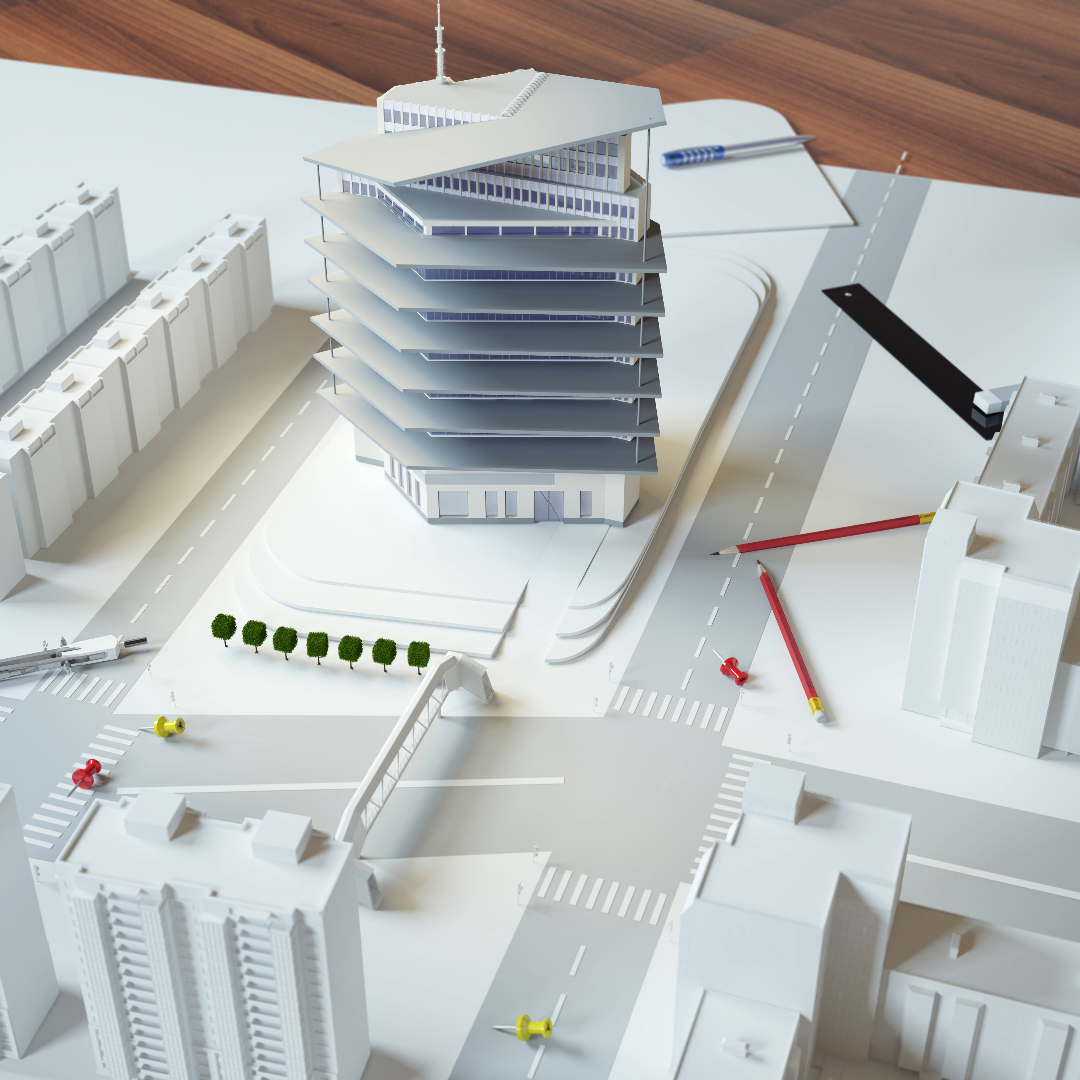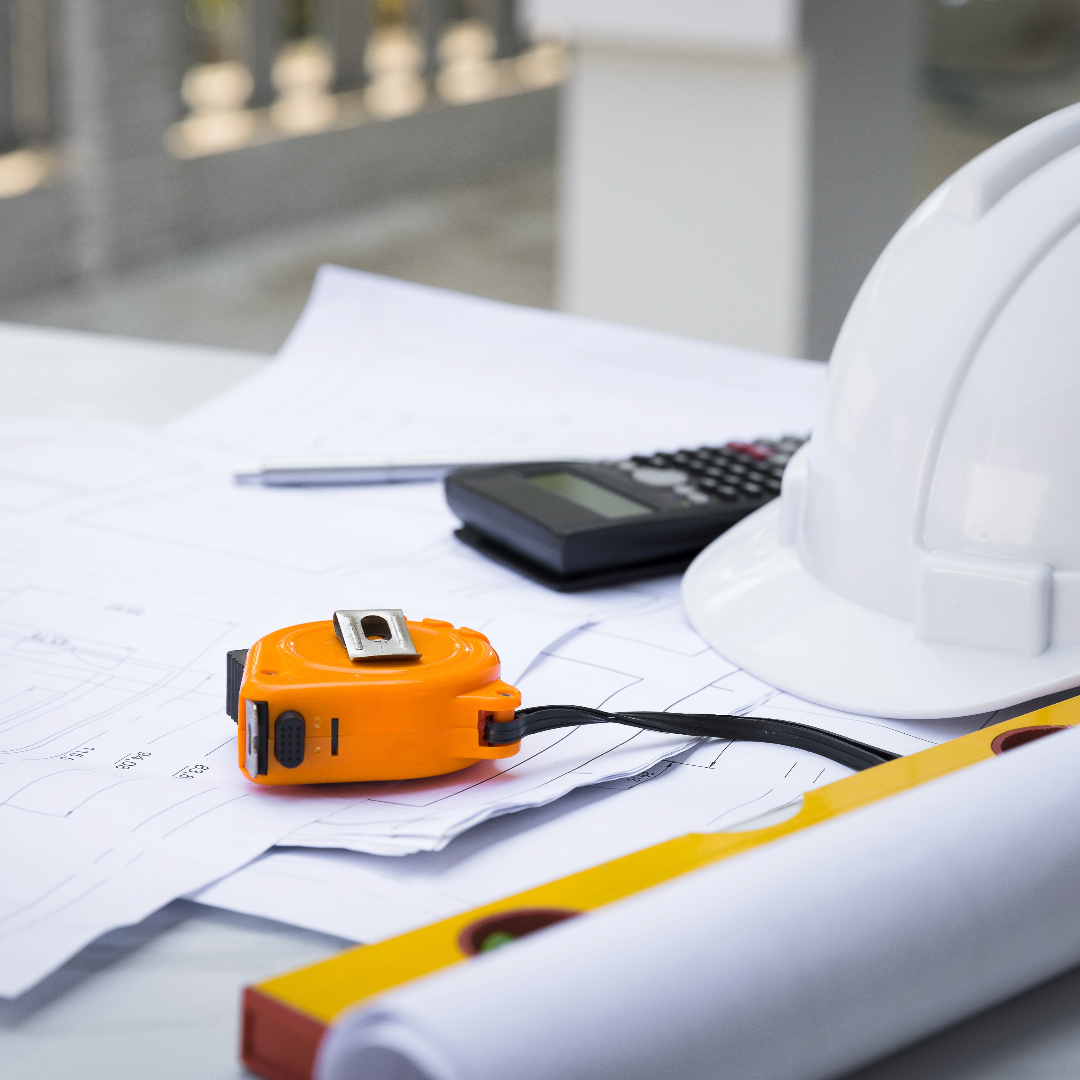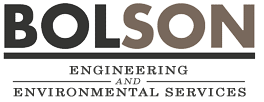Consider any event from your daily routine, such as spending hours at the playground with your children, going grocery shopping at your neighborhood strip mall, grabbing a coffee from the Starbucks drive-thru, or enjoying camping at a holiday resort. Each of these instances are filled with various design elements that have been carefully planned and executed.
Every detail of these experiences, right down to the turning radius of a parking lot, began as a mere concept. Each concept then traversed a civil design process, which transformed it into what you see and interact with today.
Here we will explore the intricacies of the civil engineering design process and discuss the importance for civil engineering design to establish a process that promotes user-oriented infrastructure from concept to final design.
The Design Process and Why it is Important
Achieving good civil design takes more than simply time and talent. It takes clarity around a specific goal, and when a larger team is involved, collaboration with stakeholders and alignment. The civil design process is essential because it is the disciplined approach that guides construction teams towards a specific goal. The civil design process allows for different stakeholders to get involved during research, brainstorming, user testing, and/or design delivery.
In essence, the design procedure offers robust instructions to guarantee that your design visions satisfy user necessities.
How is the Civil Engineering Design Procedure Depicted?
The process differs for every creative individual, and this is also applicable to design teams in civil engineering and their design procedures. Nevertheless, there exists a frequent sequence of stages that most teams abide by when they embark on a significant design initiative.
Design Process Steps
The primary five stages of the civil design procedure are Discovery, Define, Ideate, Deliver and Refine. These stages may be referred to by other names, but this is commonly how most civil design processes ensue. The actions undertaken within each stage may vary, and they may depend on what is being designed, the arrangement of your team, and other limitations within your organization such as financial constraints, industry requirements, and so on.
Step 1: Discovery
“Discovery” is the first step in the civil engineering design process which involves identifying with your target user (or persona) and their needs. To deeply understand your end users’ behavior, you may engage in activities such as market research and conducting user interviews. In addition to understanding end user behavior, it is equally important to research municipal bylaws and understand provincial regulations. Finally, bringing together all the information you have discovered so that it contributes to and improves your design thinking.
This step takes longer when you are designing a project that is complex, like a brand-new campground or RV storage, because of the amount of research you will need to fully understand the end-user behavior.
Step 2: Define
What have you learned about your target user? What problems are they running into? How are they currently dealing with them? What could you create to make their life better? The most successful businesses start with their customer's needs and work backwards.
These are some questions to answer at the second step of the design process, which is all about defining your problems, goals, and boundaries. Here, you would take what you have learned about your end users' needs and narrow down what is important. Holding meetings with various stakeholders on the civil design scope, deliverables, responsibilities, and timelines will ensure project alignment.
Step 3: Ideate
The design process's step three is typically visualized when people think of a civil designer's creative journey. The ideate phase, which may seem disorganized, is a stage where designers engage in brainstorming, question assumptions, and eventually develop a solution to a problem identified in earlier stages. This phase results in a preliminary draft of civil engineering design produced using AutoCAD.

Step 4: Deliver
The design process reaches a crucial stage during the delivery step, as this is when designs start to come alive through a prototype shared via AutoCAD. Particularly while creating new infrastructure, the role of design delivery becomes pivotal since it influences the effectiveness of developers in turning the design concept into a final solution addressing users' requirements. At this juncture, the common activities include design handoff meetings and presentations of civil designs.
Step 5: Test and Refine
In modern infrastructure and experience civil design, it is uncommon for a civil designer to create a civil design and never revisit it. This is because efficient designs are borne from a holistic strategy where feedback from users and customers stimulate a persistent cycle of updates and enhancements to the design. Once user testing on a design is completed, it might return to the brainstorming phase for additional refinement.
Common Civil Engineering Design Process Challenges
Whether you are designing a small parking lot, an entire campground, or something in between, a few of the same challenges seem to always pop up in the design process.
Provincial and Municipal Regulations
There are several steps that happen before the final application for your future development. Having a clear understanding of zoning, bylaws, building codes and wetland assessment requirements in advance of the design will smooth out the design process. Additionally, the final civil engineering design will be influenced by various stakeholders including Alberta Transportation (i.e. possible road upgrade requirements).
Making Designs that Stand Out
Making civil designs that stand out is a timeless challenge for design teams and it comes up often in the civil design process, as that’s when you must make trade-offs between what’s exciting versus what is practical.

Flood Risk, Soil Composition and Drainage Conditions
The soil composition and drainage conditions will influence your civil design. Highly organic soil will need to be striped, and clay will be brought in to establish a solid foundation. The design layout may need additional stormwater management measures to prevent future flooding and withstand climate change. For example, adding in bioswales (designated sloped areas with native vegetation) can help absorb rainwater and help prevent flooding.
Sustainability and Resilience
Building sustainable and resilient infrastructure for the generations to come is key for civil engineers. Civil engineers must strike a balance between the natural amenities and integrating sustainable civil design principles. An ounce of prevention will go a long way when it comes to extreme flooding events, which are more common in today’s world.
Aesthetics
In civil engineering design, we certainly prioritize safety and efficiency, but equally regard aesthetics. The visual attractiveness of buildings can enrich user interaction, foster pride, and even evolve into iconic landmarks defining cities. By effectively infusing aesthetics into our designs, we aim to craft structures that charm and provoke thought, providing a lasting impact on the world. We ensure our projects cater to crucial aspects such as structural strength, eco-friendliness, cost-effectiveness, safety, and visual appeal by emphasizing on these factors. This holistic method aids us in formulating designs that are durable over time while making a positive influence on the community.
The Path Forward
Engaging with our experienced civil engineering team to navigate the complex landscape of a civil design in Alberta will prop your project up for success. Effective solutions to your civil design challenges are crucial to your project success. With our expertise and dedication, we will not only ensure that your project adheres to all regulatory, environmental, and community standards, but we will also help you tackle any obstacles that may arise along the way. Contact Bolson Engineering and Environmental Services today and allow us to guide you through the challenges and transform your vision into reality.

